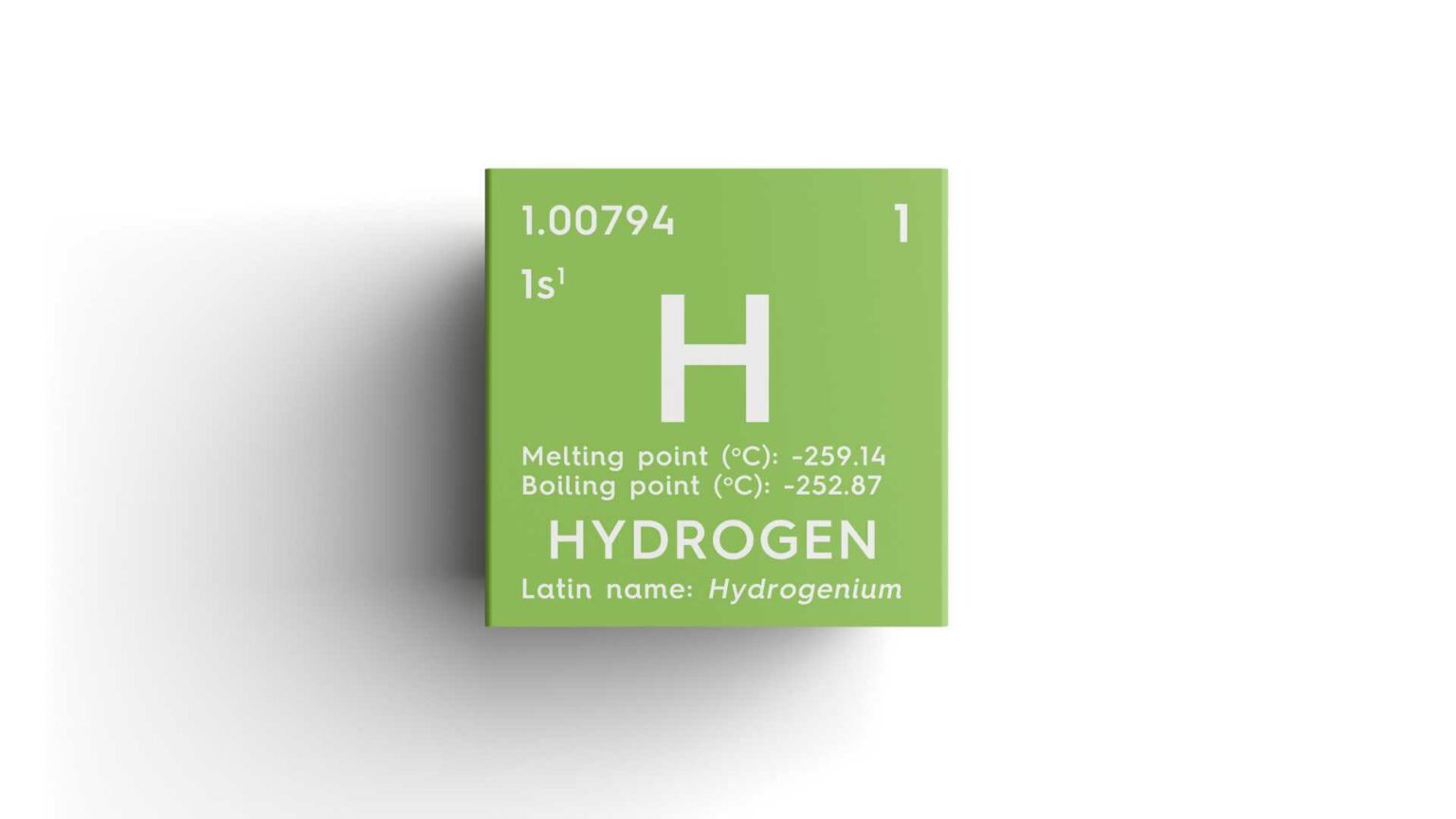As the global conversation around decarbonization intensifies, hydrogen emerges as a pivotal player. However, its successful integration into industrial sectors hinges on resolving key challenges. According to recent discussions at the BloombergNEF Summit in Munich, the adoption of hydrogen and the broader decarbonization of industries necessitate strategic government incentives, demand generation, and infrastructure development—a trifecta echoed by eight out of eight panelists at this event.
Market Dynamics of Hydrogen Infrastructure
A prime focus is the development of a reliable hydrogen infrastructure, such as Germany’s proposed hydrogen pipeline core network or “Kernnetz.” This infrastructure is crucial not only for Germany but for the entire European context. Panelists, including Maria João Duarte, Matteo Micheli, Sundus Cordelia Ramli, and Per Cato Roed, unanimously stress that without such foundational infrastructure, hydrogen’s potential remains untapped. However, creating such infrastructure presents a dilemma—whether to pursue extensive projects like Norway’s Northern Lights JV or adopt Denmark’s model, which disperses funding across numerous smaller projects.
Balancing Incentives and Demand
The decarbonization process is inherently tied to market demand. Without strong incentives, companies are unlikely to invest in more expensive hydrogen options. Therefore, two potential conditions could drive demand. First, financial subsidies could encourage companies to decarbonize, such as through contracts for differences (CCfD). Secondly, imposing financial penalties for not reducing carbon footprints, potentially through carbon pricing or quotas, could motivate companies to comply. Within this framework, the European Union’s Emissions Trading System (ETS) presents both an opportunity and a roadblock, given its current structure, laden with exemptions that weaken its impact.
Market Opportunities and Strategic Risks
The current landscape sees the phasing out of ETS exemptions slated for 2026 alongside the implementation of the Carbon Border Adjustment Mechanism (CBAM). However, the uncertain adaptation of REDIII quotas by EU member states raises concerns about market credibility and the capacity to attract developers toward building necessary projects. Additionally, the aviation industry’s lobbying against stringent mandates like ReFuelEU Aviation demonstrates the competitive security challenge in rapidly changing regulatory environments.
Each country must navigate these dynamics uniquely, finding a balance between investing in large-scale projects and seeding multiple smaller initiatives to cultivate an effective market ecosystem for hydrogen and associated technologies like Carbon Capture and Storage (CCS).
Technical parameters such as hydrogen transport efficiency, risk management in technical execution, and competitive benchmarks dictate both the pace and the methodology of integrating these technologies into existing industrial frameworks. These multifaceted challenges underscore the need for robust governmental frameworks and clear policy directives.
Future Prospects and Pathways
Moving forward, the conversation remains clear: any pathway to industrial decarbonization is complex, requiring a collaborative approach and strategic alignment of incentives, infrastructure, and demand. As hydrogen technology stands at the precipice of widespread adoption, the strategic decisions made today will echo through the industry, setting the pace for decarbonization efforts and technological advancements on a continental scale. The integrated policies and emerging incentives thereof could potentially transform hydrogen from a promising alternative into a keystone of industrial energy solutions.





